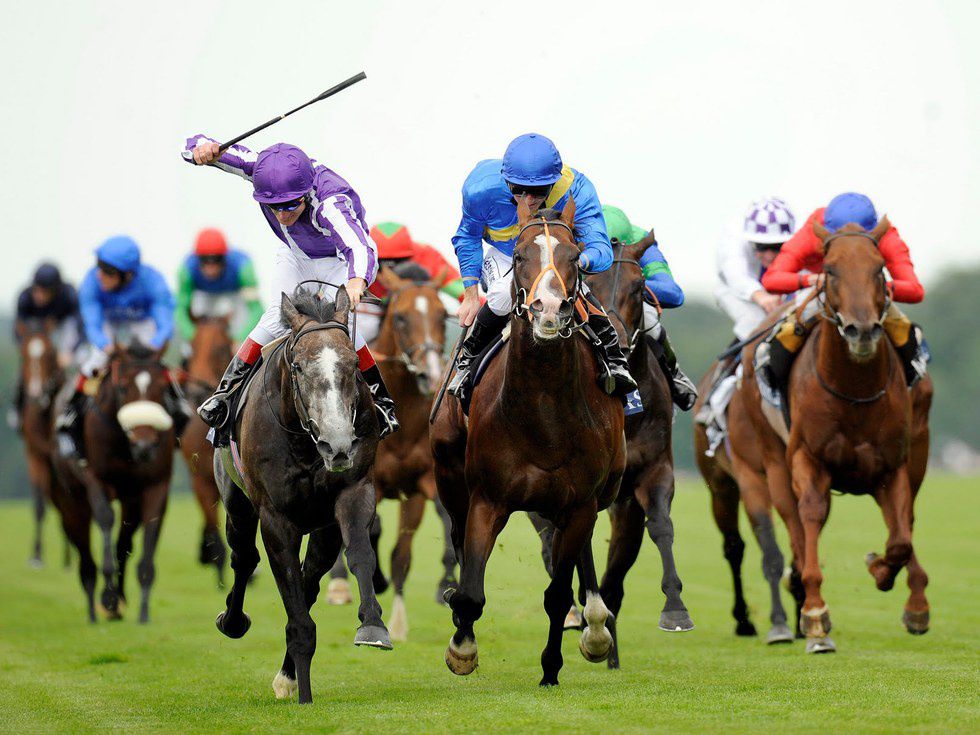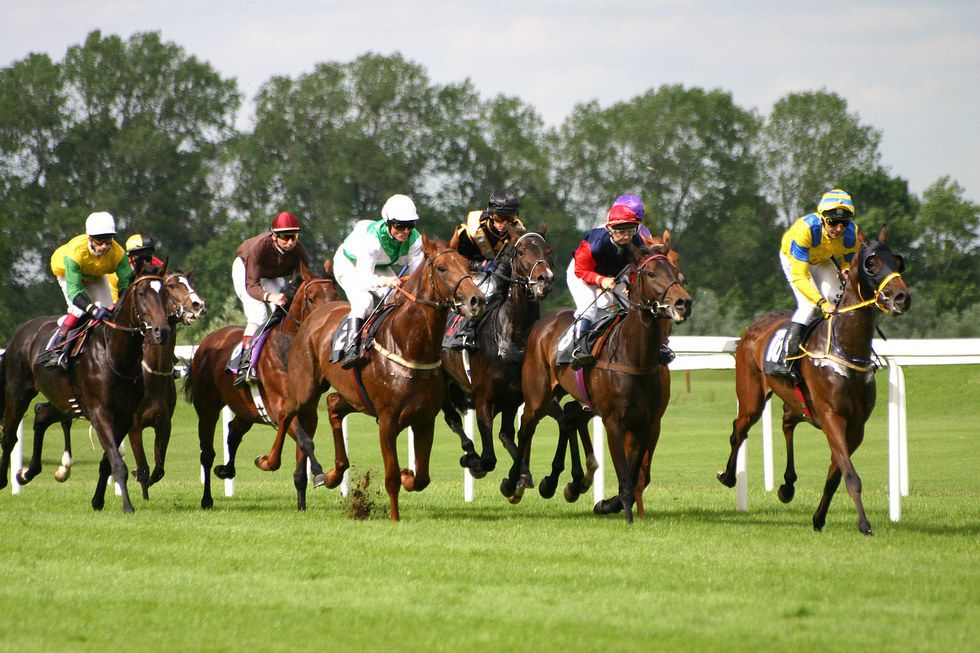Last Saturday, an ominous cloud settled over Pimlico with the rains due to the deaths of two horses on the track. During the opening race, 9-year-old Homeboykris collapsed and died shortly after winning the race. In a later race, 4-year-old Pramedya (who is owned by the same owners of Barbaro, the 2006 Preakness winner who also died after racing) broke down and died. Many believe that the weather conditions and mud are the primary reasons the horses suffered on the track, but it has also led others to take a deeper look into the sport of horse racing.
According to the American Horse Council, 850,000 horses are active in the United States. Horse racing has been a staple in American society for centuries, and is well-known throughout the world. However, just like any sport, many controversies follow with the issues of training and breeding the horses.
One of the main issues in horse racing is drug use. While many drugs and supplements are prescribed by doctors to maintain the wellness of the horse, the competition drives some owners to inject their horses with illegal steroids to enhance their performance during the race. Horses have tested positive for steroids in several major races, and is still one of the top issues in the horse racing industry.
Intensive training before the race is also detrimental to the health of race horses. These horses are bred to race, and are thoroughbreds. This breed of horses are bred because they are known to have big hearts, which increases their performance and endurance during racing. But it comes at a cost, for as more pressure and stress is put on the heart, it affects the horse's entire body at a more severe rate. Training can be so intensive that it causes a horse's body to break down before they even enter the race. When a horse's health starts affecting their training, instead of reducing the intensity some owners inject their horses with legal drugs so that they continue to race through the pain. This technique only worsens the health of the horse.
Another issue is the life of a racehorse after it is done racing. The health issues of a racehorse once it's retired are much more complex and widespread than a normal working horse, making their care expensive. Racehorses also are considered "high-strung" due to their intensive training all their lives, making them difficult to manage and less likely to be sold again. These issues and the dropped financial income of a retired racehorse lead to the horses being euthanized.
Horse racing may be a staple in American society, but after the Preakness, the wellbeing of these horses may come into the spotlight. The best outcome of these two horse deaths would be higher regulation of racehorse health as well as the conditions they race in. As other industries crack down on the use of steroids and ethical training, the sport of horse racing should follow suit.





















